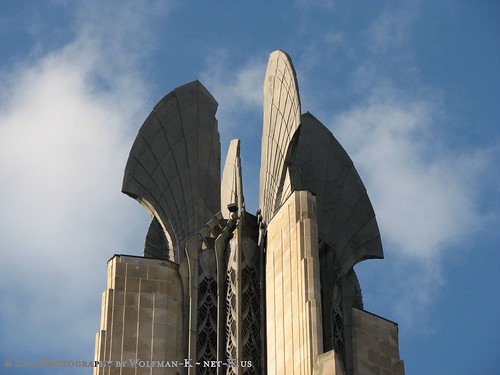The world’s first passenger airline,
DELAG, the
Deutsche Luftschiffahrts-Aktiengesellschaft (German Airship Transportation Corporation Ltd) was established in 1909 as an offshoot of the Zeppelin Company.

While most of the earliest flights were sightseeing tours, with little scheduled point-to-point service, in 1919 the airship
LZ-120 Bodensee began scheduled service between Berlin and southern Germany. The flight from Berlin to Friedrichshafen took 4-9 hours, compared to 18-24 hours by rail. Before the
Bodensee was taken by the Italians as war reparations under the Versailles Treaty, the airship made 103 flights and carried almost 2,500 passengers, 11,000 lbs of mail, and 6,600 lbs of cargo.
LZ-120’s shape provided less drag, increased speed, and greater aerodynamic lift, and became the basic model from which
LZ-126 Los Angeles, LZ-127 Graf Zeppelin, and
LZ-129 Hindenburg were adapted.
A relatively short, small ship,
Bodensee carried 706,000 cubic feet of hydrogen (later increased to 796,300 during a refit). But with its revolutionary design, and four Maybach MB.IVa engines of 245 hp each, LZ-120 Bodensee could reach a speed of 82 MPH.
In July of 1921, LZ-120 was taken from DELAG by the Military Inter-Allied Commission of Control and given to Italy, where it was renamed
Esperia.
 Kayaba Ka.1 was powered by a 240hp Kobe engine (licence version of the German Argus As.10C); the first Ka.1 was flown on 26 May 1941 and eventually some 240 aircraft of this type were built. They were employed during World War 2 by the Imperial Japanese Army for artillery observation and cooperation duties, and by the Navy for coastal or carrier-based antisubmarine patrol carrying two 60kg bombs or depth charges. One Ka.1 was modified for trials with small auxiliary rockets at the tips of the rotor blades.
Kayaba Ka.1 was powered by a 240hp Kobe engine (licence version of the German Argus As.10C); the first Ka.1 was flown on 26 May 1941 and eventually some 240 aircraft of this type were built. They were employed during World War 2 by the Imperial Japanese Army for artillery observation and cooperation duties, and by the Navy for coastal or carrier-based antisubmarine patrol carrying two 60kg bombs or depth charges. One Ka.1 was modified for trials with small auxiliary rockets at the tips of the rotor blades.



































